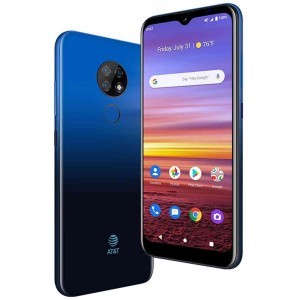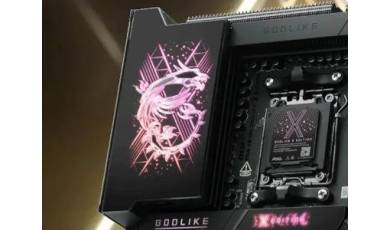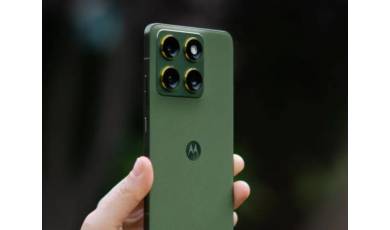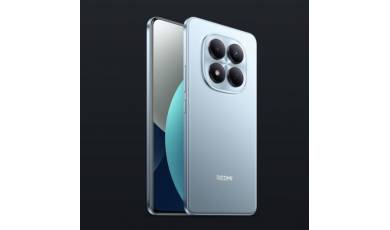AT&T Radiant Max specs.
Mobiles >> AT&T >> AT&T Radiant Max| Specifications | Reviews | Secret codes |
| Unlock phone | Root phone |
| Backup | Flash Firmware | Screenshot |

Basic Spec AT&T Radiant Max
Smart Phone OS: An operating system (OS) is software that interacts between a user and a smartphone.
An operating system (OS) is software that interacts between a user and a smartphone.
Android 10
CPU: Central processing unit
Central processing unit
Octa-core CPU (4x2.0 GHz Cortex-A53 and 4x1.5 GHz Cortex-A53)
Chipset: Is a set of chips in the smartphone that control the CPU.
Is a set of chips in the smartphone that control the CPU.
Mediatek MT6762 Helio P22
GPU: Graphics Processing Unit
Graphics Processing Unit
PowerVR GE8320
Display AT&T Radiant Max
Size:
6.5 inches, 97.8 cm2 (~82.1% screen-to-body ratio)
Display Type:
IPS LCD capacitive touchscreen, 16M colors
Screen Resolution: Screen resolution refers to the size of the image received on the screen in pixels
Screen resolution refers to the size of the image received on the screen in pixels
720 x 1560 pixels, 19:9 ratio (~269 ppi density)
Storage AT&T Radiant Max
RAM ROM:
3 GB
Card Slot:
Yes, up to 128GB via microSD card
Main Camera AT&T Radiant Max
Camera Sensor(s):
13 MP 5 MP 2 MP Main cameras
Camera Type:
Triple Lenses
Camera Features:
Autofocus
Continuous shooting
Digital zoom
Geotagging
Panorama
HDR
Touch focus
Face detection
White balance settings
ISO settings
Exposure compensation
Self-timer
Scene mode
Continuous shooting
Digital zoom
Geotagging
Panorama
HDR
Touch focus
Face detection
White balance settings
ISO settings
Exposure compensation
Self-timer
Scene mode
Video Resolution:
1080p@30fps
Selfie camera AT&T Radiant Max
Camera Sensor(s):
8-megapixel front camera
Camera Type:
Single Lens
Camera Features:
FaceID
AI Beauty
AI Beauty
Video Resolution:
1080p@30fps
Sound AT&T Radiant Max
Audio Jack Type:
Yes, 3.5mm audio jack
Loudspeaker:
Yes
Sound Enhancements:
Active noise cancellation with dedicated mic
- Dolby Audio
- Dolby Audio
Speaker Location:
Chin, below display
Network connectivity AT&T Radiant Max
2G: Second generation cellular network
Second generation cellular network
GSM 850 / 900 / 1800 / 1900 - SIM 1 & SIM 2 (dual-SIM model only)
3G: Third generation cellular network
Third generation cellular network
HSDPA High-Speed Downlink Packet Access 850 / 900 / 1800 / 1900 / 2100
High-Speed Downlink Packet Access 850 / 900 / 1800 / 1900 / 2100
4G: Fourth generation cellular network
Fourth generation cellular network
LTE band 1(2100), 3(1800), 5(850), 8(900), 38(2600), 40(2300), 41(2500)
5G:
No support for 5G Network modem
Technology:
GSM / HSPA High Speed Packet Access / LTE
High Speed Packet Access / LTE
Speed:
HSPA High Speed Packet Access 42.2/5.76 Mbps, LTE Cat4 150/50 Mbps
High Speed Packet Access 42.2/5.76 Mbps, LTE Cat4 150/50 Mbps
Bluetooth: Bluetooth is used to exchange data between nearby mobile devices.
Bluetooth is used to exchange data between nearby mobile devices.
Bluetooth 5.0, A2DP
FM Radio:
Yes
GPS: Global Positioning System
Global Positioning System
Yes
NFC: Near field communication
Near field communication
Yes
USB: Universal Serial Bus
Universal Serial Bus
2.0, Type-C 1.0 reversible connector
Wi-fi:
Wi-Fi 802.11 a/b/g/n, Wi-Fi Direct, hotspot
Phone features AT&T Radiant Max
Colors:
Purple Gradient
Java Support:
No
Sensors:
Fingerprint (rear-mounted), accelerometer, proximity, compass
Battery AT&T Radiant Max
Battery Capacity:
Non-removable Li-Ion 4000 mAh battery
Fast Charging:
No
Wireless Charging:
No
Music Play:
Up to 31 hours
Stand-by:
Up to 480 hours
Talk Time:
Up to 28 hours
Size AT&T Radiant Max
Dimensions:
166.96 x 77.92 x 8.47 mm
SIM:
Single Nano-SIM
Weight:
181 grams
Comments, Questions and Answers about AT&T Radiant Max
Ask a question about AT&T Radiant Max






